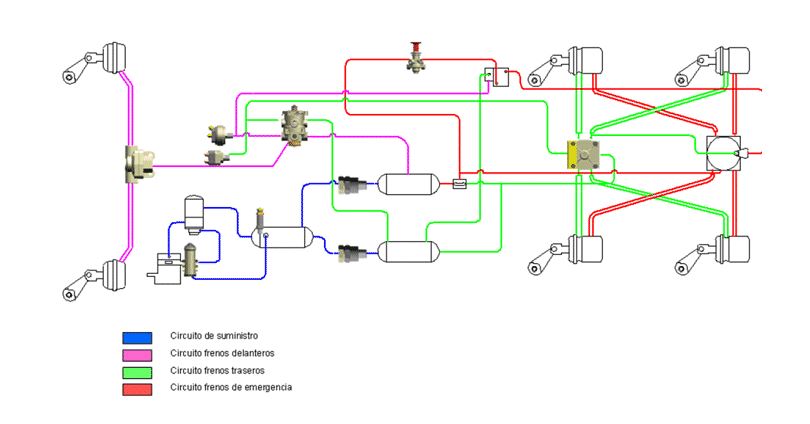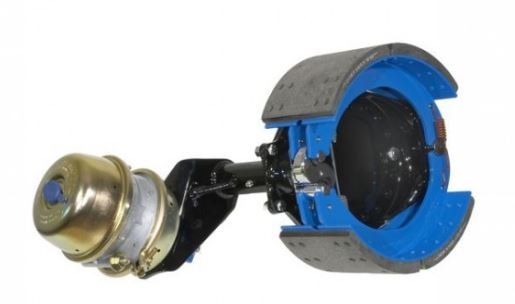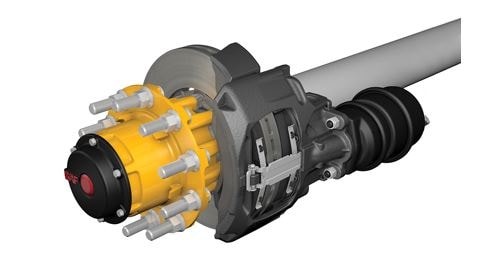Learning with ALON AUTOMOTIVE
¿What do we know about the brake system of trucks?
Did you know that trucks, like other types of heavy vehicles such as trains or buses, use a pneumatic brake system, also known as a compressed air brake system?

How it works:
In this type of brake system, compressed air is what makes the wheels come to a halt once the driver puts their foot on the brake pedal or applies the handbrake.
More specifically, the air is stored in various pressure tanks spread out along the underbody of a truck, having been previously pressurised by a compressor in the engine.
Air is distributed from the tanks between the service brake system and the emergency brake system.
You could say that the service brake system is the conventional brake system which is activated each time the trucks brake pedal is pressed down.
When the pedal is pushed down, the air passes from the pedal valves to the brake chambers, which in turn push the brake regulators. These can be manual in cases where they require manual adjustment, or automatic, regulating the brakes autonomously and without requiring external adjustments.
The emergency system enables the handbrake, leaving some reserve air in case it is needed in the event of a leakage or breakdown.
A truck brake system has disc brakes and drum brakes, which we will now briefly explain.
Drum brakes
This type of brake features a moving part, called a drum, which is mounted on the wheel hub with studs and nuts, and a fixed element, known as a plate, which has the drive linings and mechanisms installed so that the shoes can move.

Disc brakes
These brakes work as so: the disc is integral with the wheel axle and located inside the calliper, on the arms of which the friction plates are placed. When we put our foot on the brake pedal, pressure is generated on the pistons inside the calliper cylinders, pushing the friction plates that come into contact with the disc and triggering the braking effect thanks to their friction on the disc.

Disc brakes are the most widespread type, as their braking force is more energising compared to drum brakes, giving a shorter braking time and, therefore, a shorter braking distance. This is because the friction elements are mounted in the air, which improves cooling, so the energy is absorbed and transformed faster.
A major advantage of disc brakes compared to drum brakes is that the dreaded brake fade does not occur, which is caused by repeated or sustained application of the brakes, such as in the descent of a mountain pass. This is because in drum brakes the drum expands so that the shoes do not come into contact with the adhesion surface, leaving the vehicle temporarily without brakes (fade). In the case of the disc system, heat release is better, so this critical heating, and therefore expansion, does not occur. If this happens, the disc gets closer to the pads, thereby favouring pressure and the braking effect.




